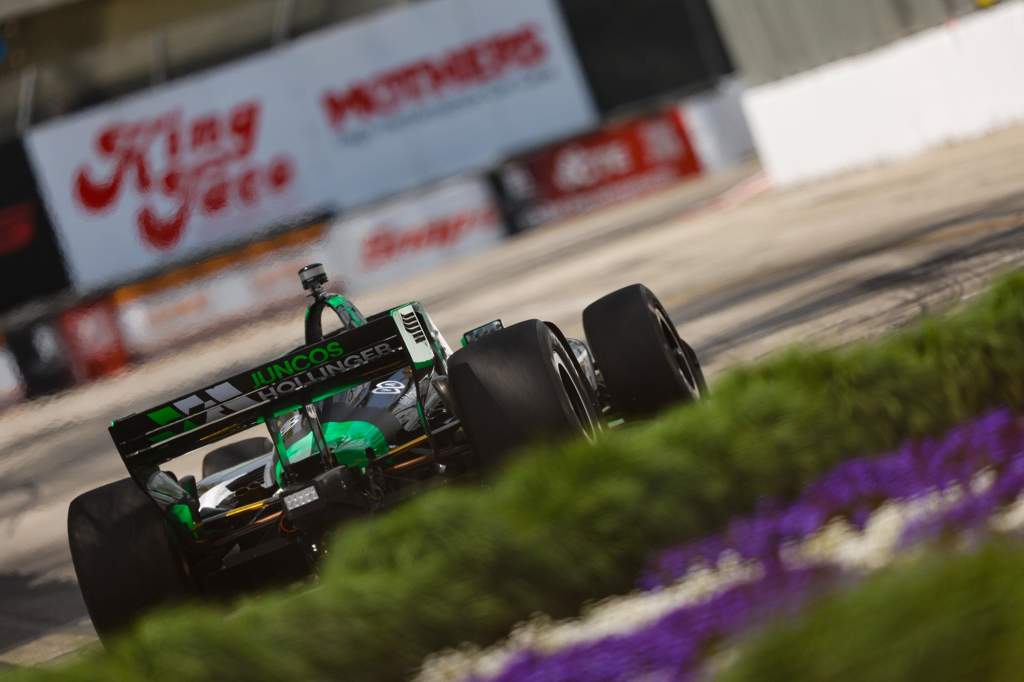It is “more likely than not” that a new venue will feature on the IndyCar calendar in 2024, and “more than one option” being considered is outside of the United States.
That’s according to Mark Miles, the president of the company that owns IndyCar, Penske Entertainment.
Though the IndyCar Series has previously raced in Brazil and Japan (and CART/Champ Car made it to those nations plus the Netherlands, UK, Mexico, Australia, Germany and Belgium) its only non-US round at present is the annual trip to Toronto in Canada.
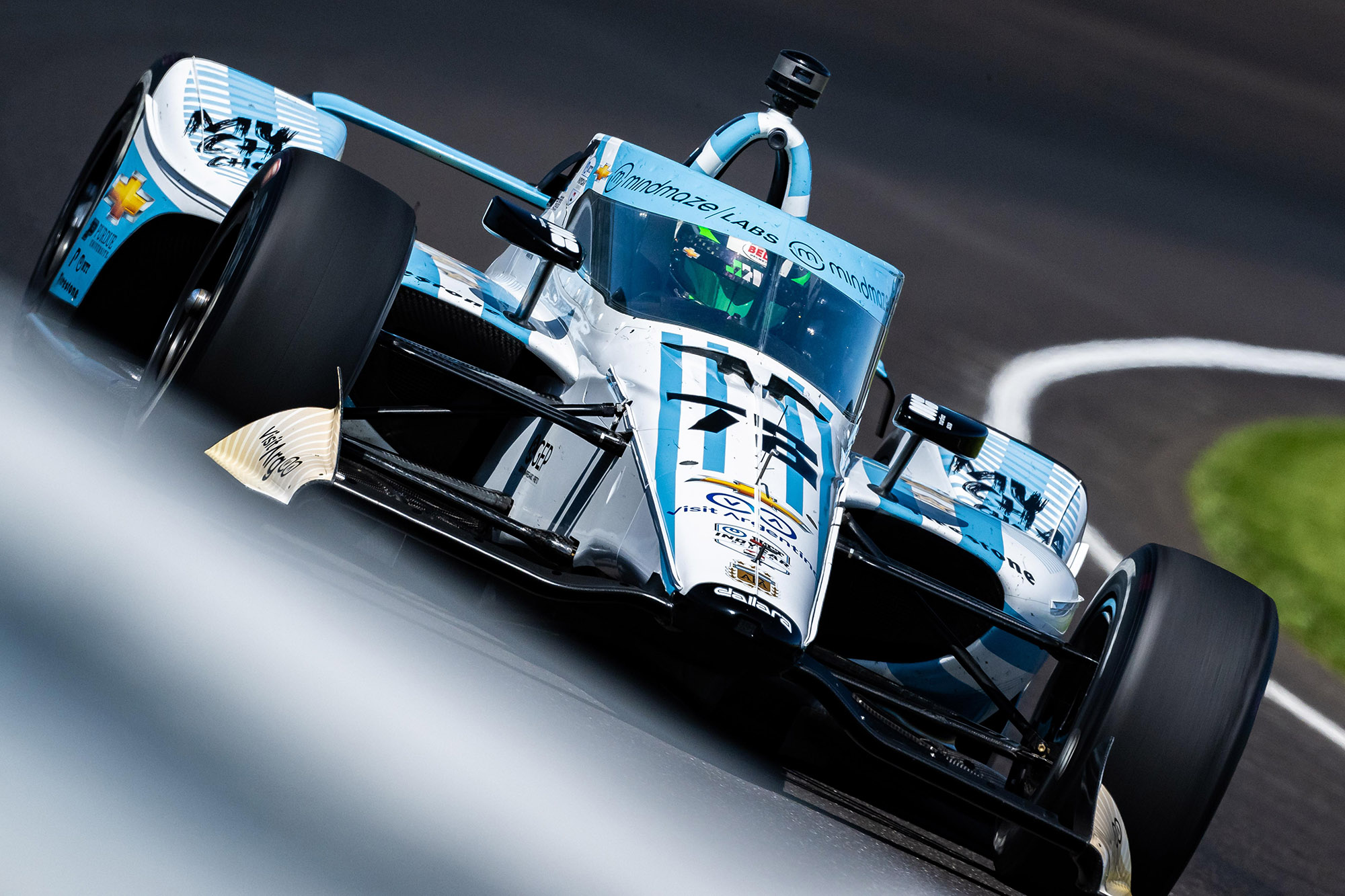
Miles visited Argentina earlier this year amid long-term interest from the South American nation about hosting an IndyCar race.
Momentum has built since Ricardo Juncos made his team full-time in the series, and interest has exploded since Juncos signed one of Argentina’s most famous sports people – Agustin Canapino, who has impressed in his first season in IndyCar despite his lack of experience in single-seaters and racing outside Argentina.
Representatives of the Termas de Rio Hondo circuit that holds the Argentine MotoGP round visited last year’s Indianapolis 500 and have been in contact with IndyCar. The country’s tourism board also sponsors Juncos.
The Race understands Brazil is another nation believed to be under consideration for a race, as keeping any international race in a similar timezone to the US for TV purposes is considered important. IndyCar last raced in Brazil on a Sao Paulo street circuit from 2010-13.
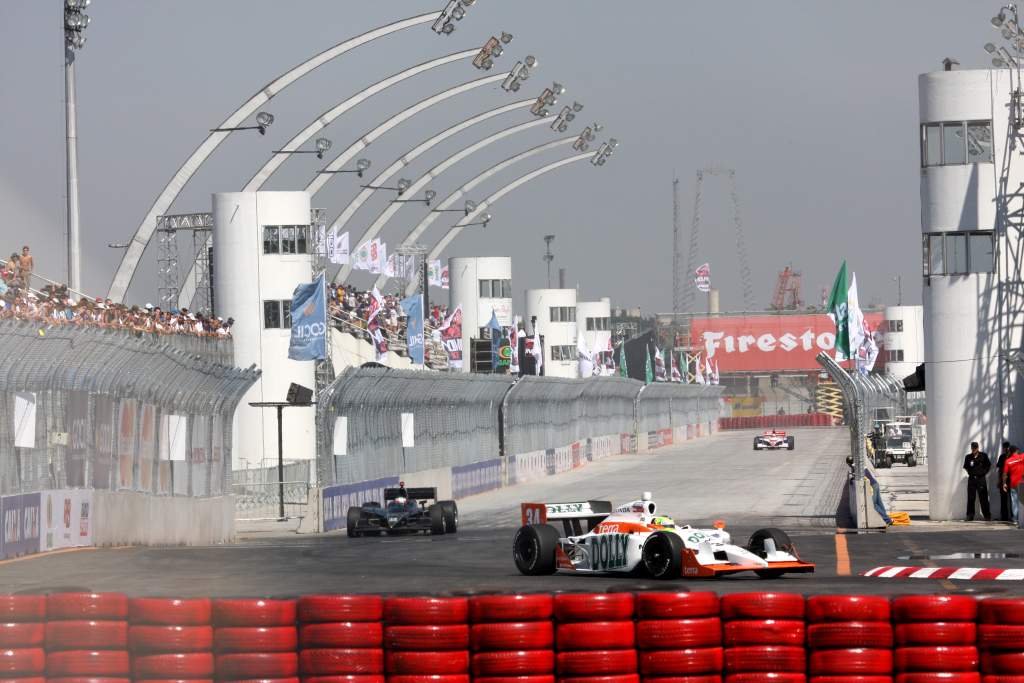
There are new tracks in the US also being considered, so it’s not certain that a new event would be outside of America.
“If I take your question literally – ‘will anything be new?’ – I’d say it’s more likely than not,” said Miles of the 2024 calendar in an exclusive interview with The Race.
“As to where and how many, it’s a work in progress.
“The discussions include more than one option outside of the US.
“We expect to get our calendar out in August.
“For some of these [races under consideration], they’d be big enough things that they probably come out publicly before the calendar in August.”
Asked if the international races would be non-championship affairs, as has been widely discussed in the media regarding Argentina, Miles nodded.
One of the biggest challenges with an international race is covering the cost of freight, and making the event financially viable for the teams as well as the series.
“To be frank, pre-acquisition [before Penske bought IndyCar in January 2020], we worked a lot on it and had a lot of discussions with the teams and, assuming the economics are right, everybody was down for it,” added Miles.
“More recently, I want to know more about the economics that we would be talking about before we revisit the whole thing with the teams.
“But I think I know how they feel about it.
“There was a time when one of the factors, which wasn’t immediately economic, was some teams, at least a few, would lay off much of their staff when the championship was over.
“That almost never happens now. They run the teams year-round.
“So that objection I sense would be passed. So it would be about the specifics, and most of those are economic.”
The discussion of two international events – even if they are non-championship races – will no doubt have fans of IndyCar outside of the US salivating.
To get those fans even more excited, Miles revealed that IndyCar’s new docu-series called 100 Days to Indy could be close to being available to international viewers.
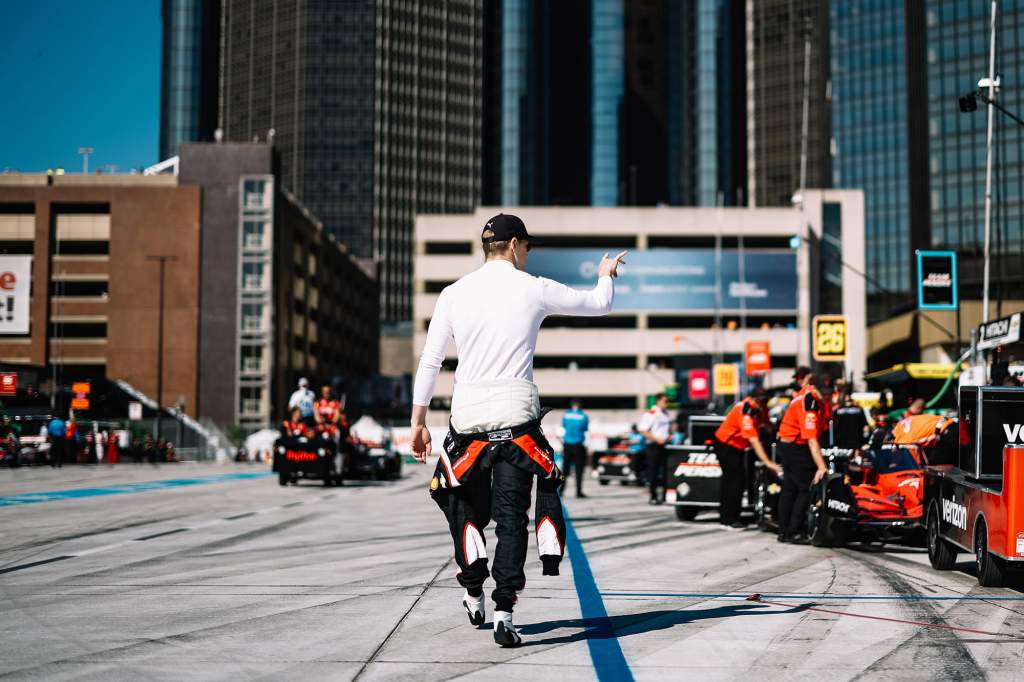
It’s common that series airing on network television in the US – 100 Days is on TV network The CW – are available domestically before the rights are then sold on internationally later.
“Vice Media has the opportunity to licence outside of the US, and they have an offer from a global streaming platform, so they’re in the process of trying to see if they can work that out,” Miles told The Race last month.
“But we’re hopeful that that happens soon. And again on a streaming platform, the entertainment guys don’t pay attention to what happens when you first put it on there as such, what happens when people go back and catch up and binge etc.
“So we’re hopeful that’ll hold up a meaningful audience.”
The new series is grabbing somewhere around 200,000 viewers per episode on TV itself, and that doesn’t include streaming. The numbers on streaming are higher according to Miles.
The series has been extremely lifestyle-based, going behind the scenes with the drivers, and has been well received in the paddock. It also hasn’t cost IndyCar any money to initiate the programme, so it certainly feels like a win-win situation for the championship.
“We’re very happy with it,” said Miles.
“On one level, anything that it accomplishes is a plus. It’s additive to everything else that we do.
“The theoretical objective was to get young people who may never watch a live NBC IndyCar race, but who might see 100 Days because of where it airs, to be curious enough to tune in.
“And NBC audiences, who might never stream anything like this, to follow it.
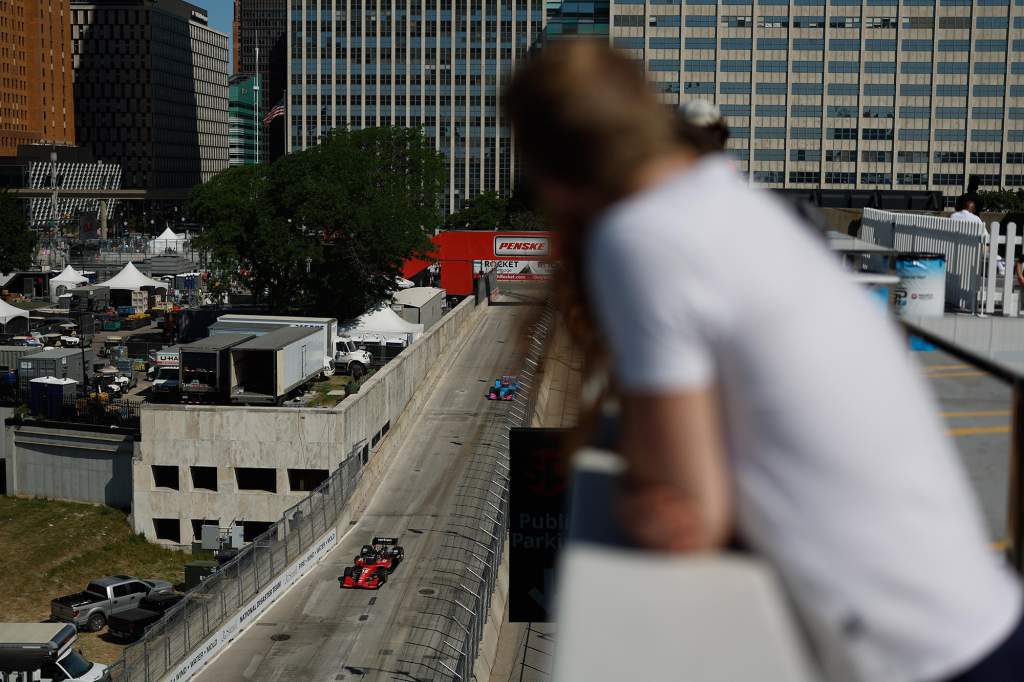
“The total audience varies. I get a phone call every week to tell me what the CW app numbers are, but for whatever reason they don’t release that.
“But I can tell you that they are growing, they’re really positive. I can tell you that they’re greater than the network audiences.
“So the sum of all that is, it’s pretty good. In terms of eyeballs, we feel like it’s really positive. And I like the show.
“The idea was that it would tie the storytelling around the drivers and their families, somehow linked to the races. I think that’s working well.”

The future of the docu-series isn’t resolved, with Miles saying it’s “not likely” that it will continue in the same format this year, but he added “it’s highly likely that in some form or another, season two will happen”.
The next series could start earlier in the year, as this one started in April and finished last Thursday, June 8, culminating with Josef Newgarden’s Indy 500 win.


